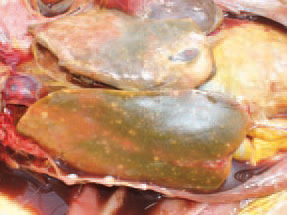
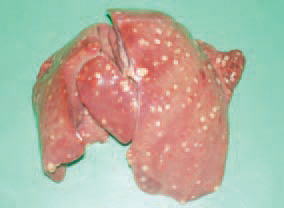
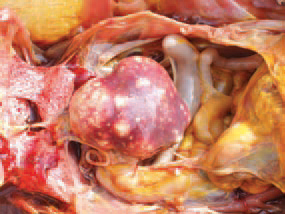
Avian tuberculosis is a chronic infectious disease characterized by the formation of granulomatous lesions in viscera, a progressive weight loss and death. It is usually encountered sporadically in birds reared in small yards, zoos and is a problem among caged exotic birds.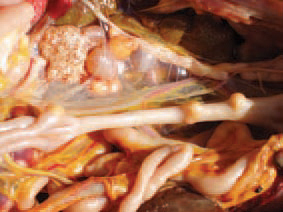
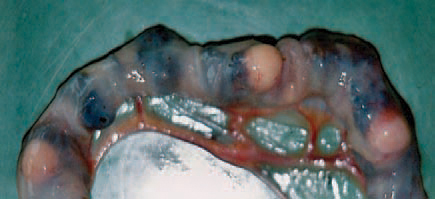
The aetiological agent is Mycobacterium avium, a very resilient and acid-resistant micro¬organism. It is resistant to tempe¬rature changes, drying, pH changes, to many disinfectants and survives in the soil for years. Along the small intestine, single or multiple sub-serously prominating tubercles are detected.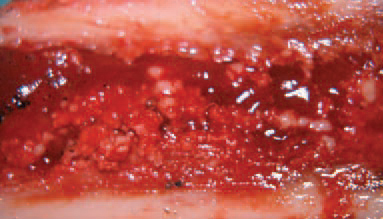
In advanced cases, tubercles could be observed along the bone marrow of the femur or the tibia.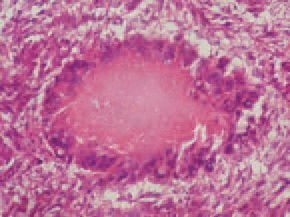
The main mass of the tubercle is composed of epitheloid cells, and peripherally, there are foreign body-type multinucleated giant cells. In older granulomas, central coagulation or caseous necroses are present.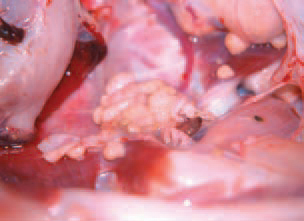
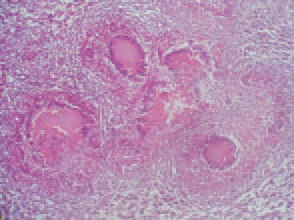
Characteristic features of avian tuberculosis are conglo¬merate tubercles (gross and histological appearance). The diagnosis is based upon the complex evaluation of history, persisting lethality in adult flocks and the pathoanatomical findings. Avian tuberculosis should be differentiated from neoplastic diseases, coligranu-loma (Hjarre's disease), pullorum disease etc. The treatment is not advised, as the disease is contagious for men.
